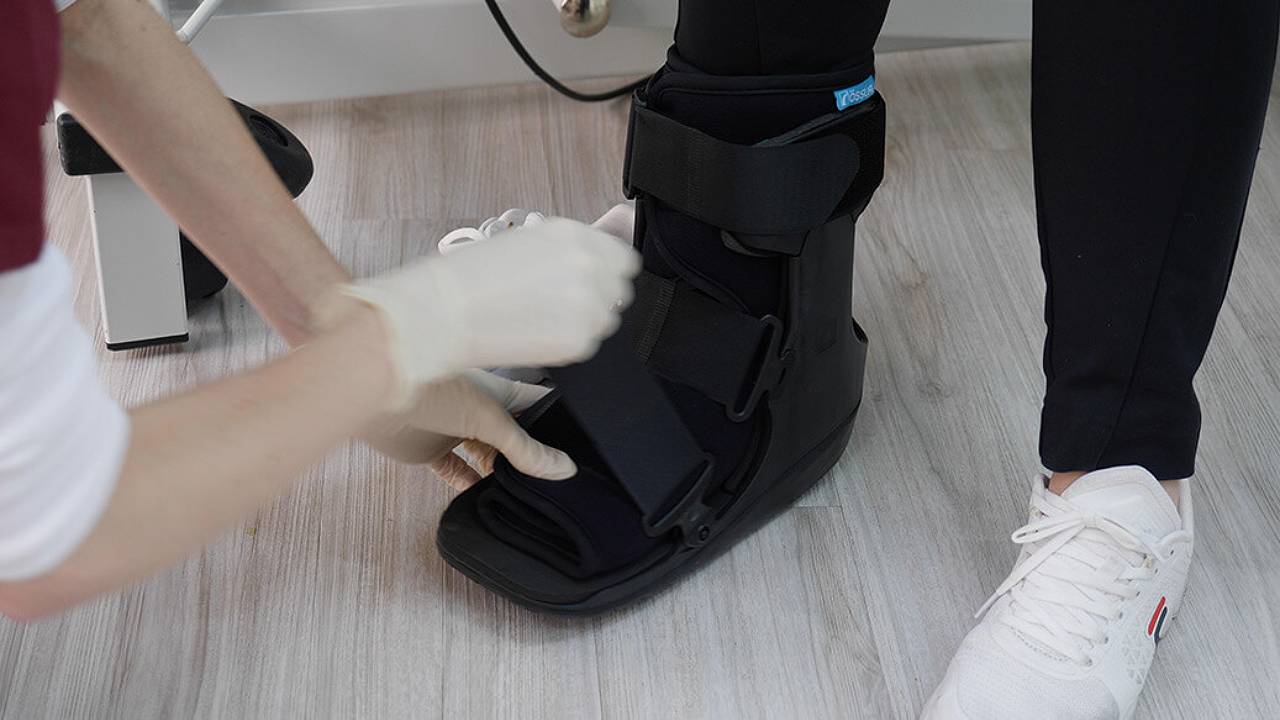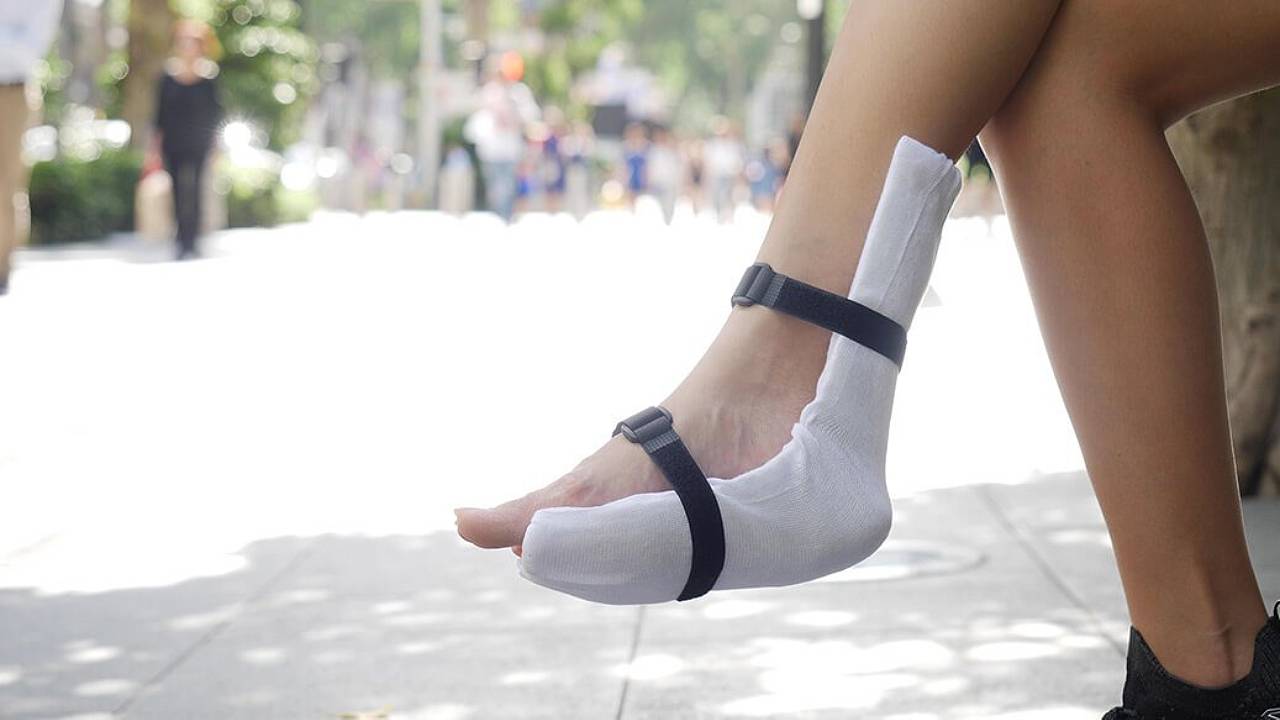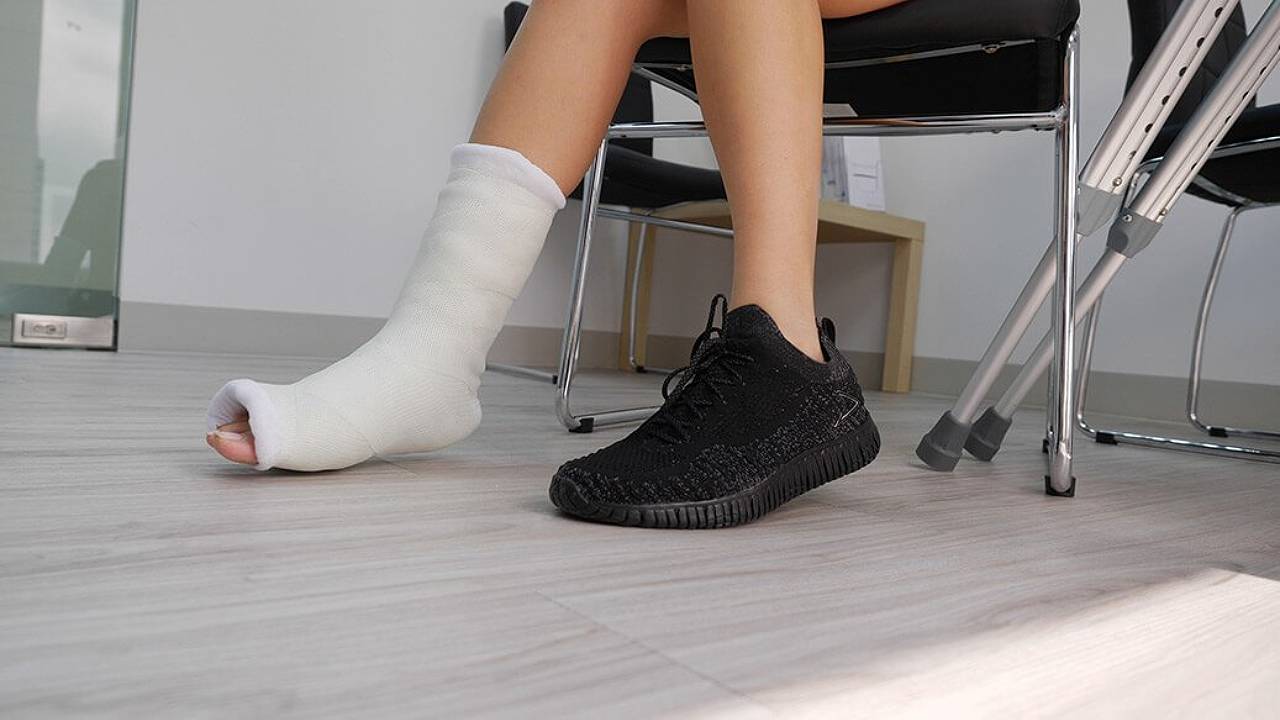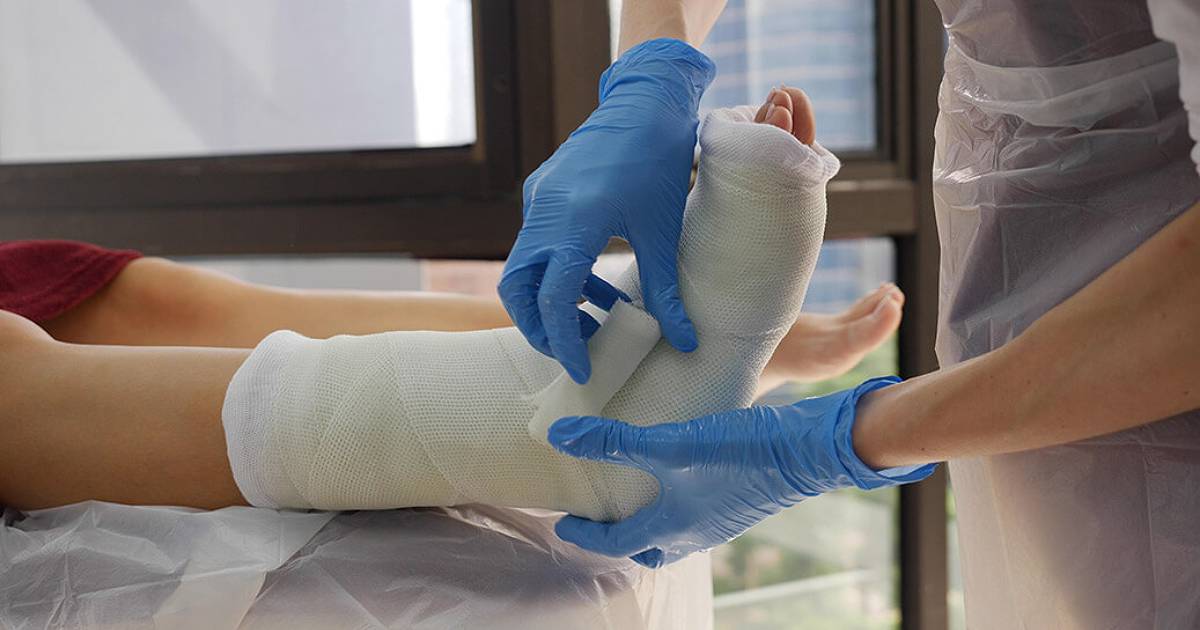Contrary to popular belief, casts are not only used for patients with fractures. Casts may be used for patients recovering from surgery, patients with healing fractures or those with soft tissue injuries.
Why wear a cast?
While walking or playing sports, our feet may support pressures up to 3 times our body weight. Exposing areas of injury to such forces slows down the healing process and causes injuries to heal poorly or not at all.
A cast does not heal your injuries on its own. Its primary purpose is to provide your body time and space to heal. By providing external support to the injured region of the body and minimising movement, the cast reduces stress on the injury and allows the body’s natural healing to take place more quickly and with fewer complications.
Casts also play a role in pain management. Injuries such as fractures and injured tendons and ligaments can cause great discomfort. Immobilising the foot and restricting movement helps to relieve pain, reduce swelling and muscle spasms.
Casts also help to protect patients. Most casts are hard and can resist impact, preventing further trauma to your injury. They also act as a visual reminder for those you, reminding them to be mindful and more careful around you.

Types of cast
Casts come in many shapes and sizes but are typically made of plaster or fibreglass. Other similar types of devices include –
- CAM Walker boots
- Compression Casts
- Splints
Applying and removing a cast
Application – A stockinette is placed over the area to be casted. This is then covered in a layer of padding, typically cotton, to help protect the skin. The material that is to be used for casting is soaked in water and wrapped tightly around the injury. Once the casting material dries, it will harden into a tough protective layer.
Removal – As the cast has hardened to protect the wound, removing it will require specialised cutting tools such as a cast saw or cast shears. Due to the nature of the tools, there may be minimal risk of discomfort or injury during removal. It is important to remain calm during the procedure and avoid sudden movements, as this can affect the concentration of the person who is removing your cast. Should you feel any heat, pain, or discomfort, let your healthcare provider know immediately.


Things to look out for
While wearing a cast, there are several key points to remember:
- Follow the advice of your healthcare professional
- Keep your cast dry
- Do not scratch under the cast. This can cause infection or sores
- Keep the area around the cast clean and moisturised to prevent chafing
- If you experience a bad smell or bleeding, check with your clinician
Swelling caused by your injury may occur in the first 48-72 hours of wearing the cast. This may cause tightness or discomfort. To reduce pain and improve healing, you should try to keep the swelling down.
- Elevate the injured arm or leg by propping it above the level of your heart for the first one to three days of wearing the cast. This helps to drain blood and fluid towards your heart and prevents it from pooling in the injured area.
- Moving your uninjured fingers or toes frequently helps to stimulate blood flow and prevent stiffness. Avoid using excessive force as this can cause you greater discomfort.
- Icing the cast can help to reduce swelling. This needs to be done carefully as a wet plaster cast will not provide the support it is designed to. Wrapping an ice pack or a bag of ice around the cast helps to reduce swelling and relieve discomfort, but you should place a waterproof layer between the ice and the cast. If available, bags of frozen corn or peas are also suitable for use.





